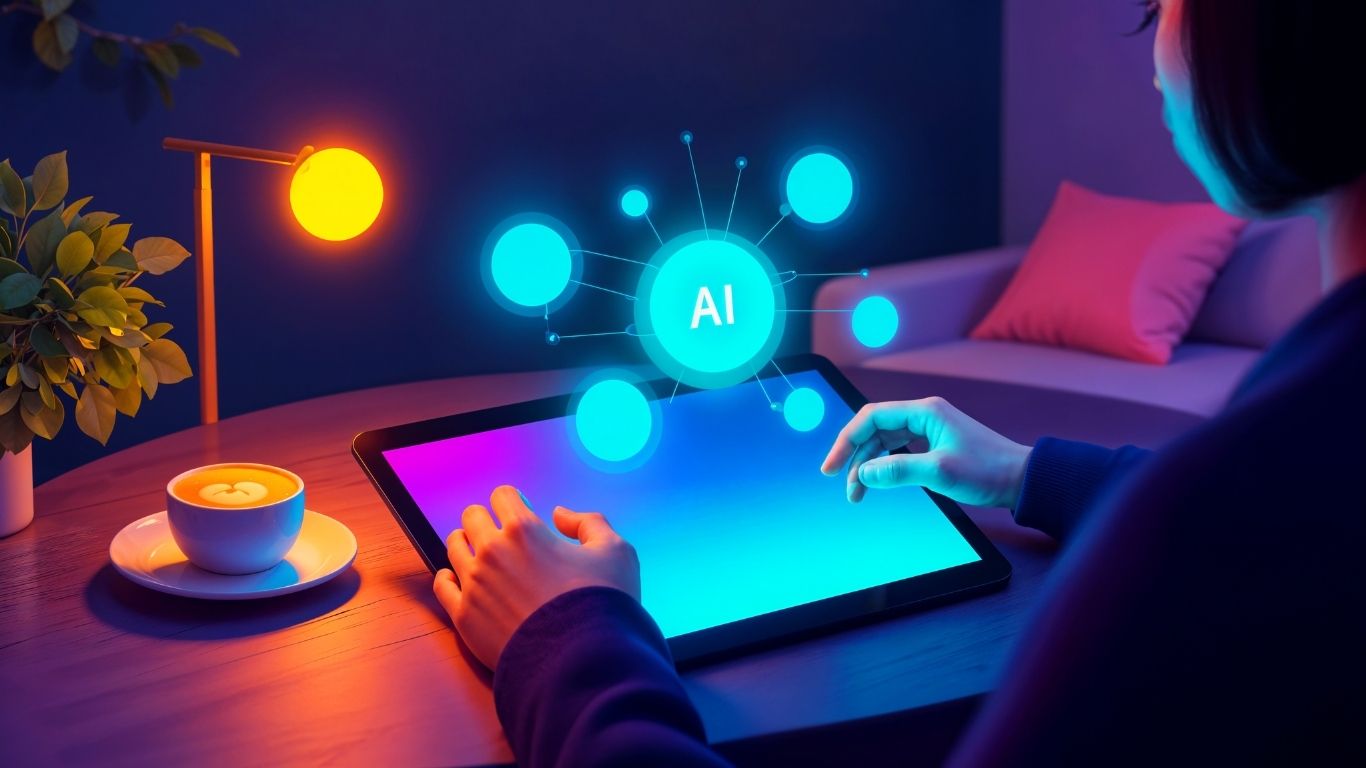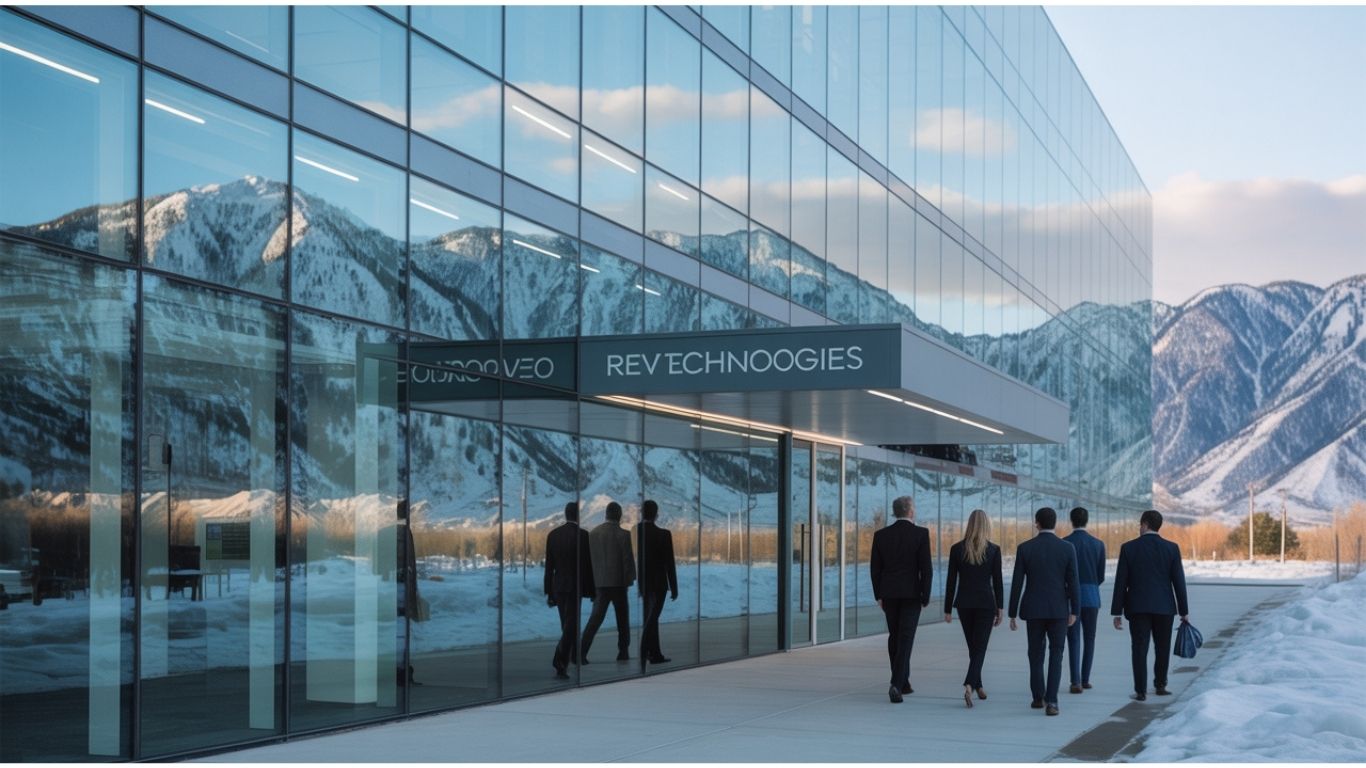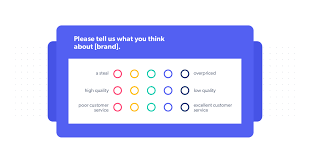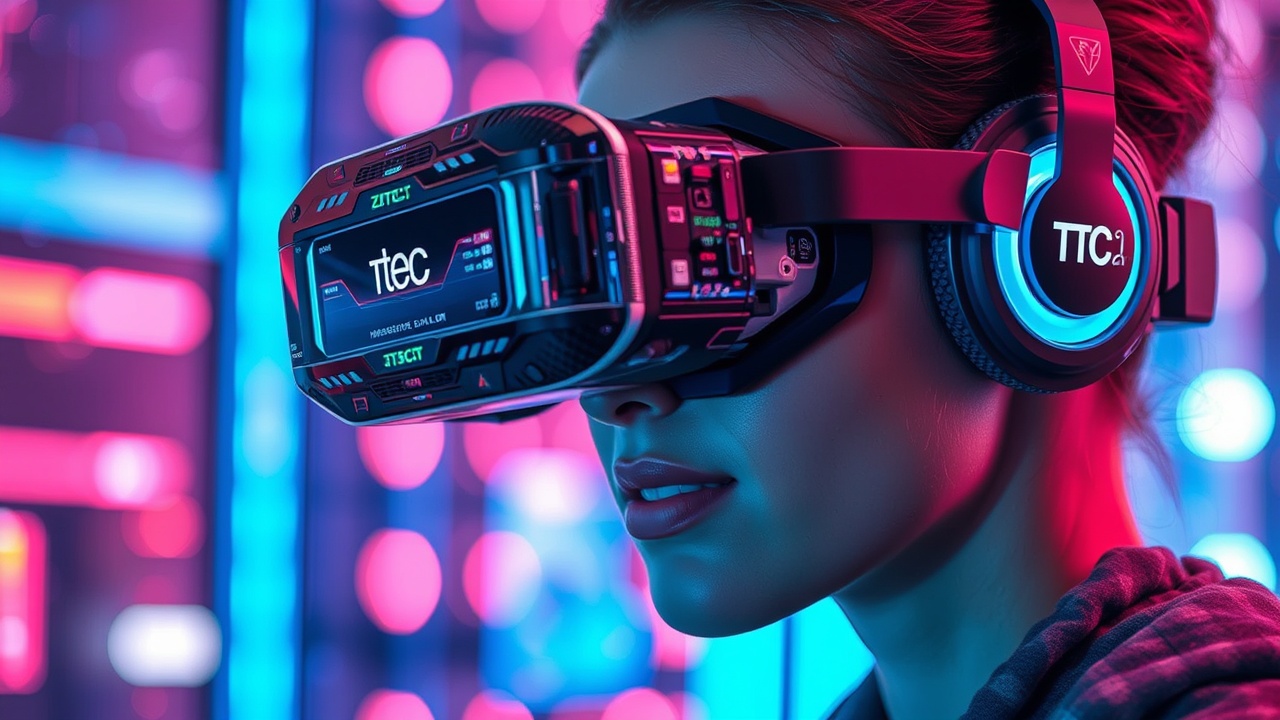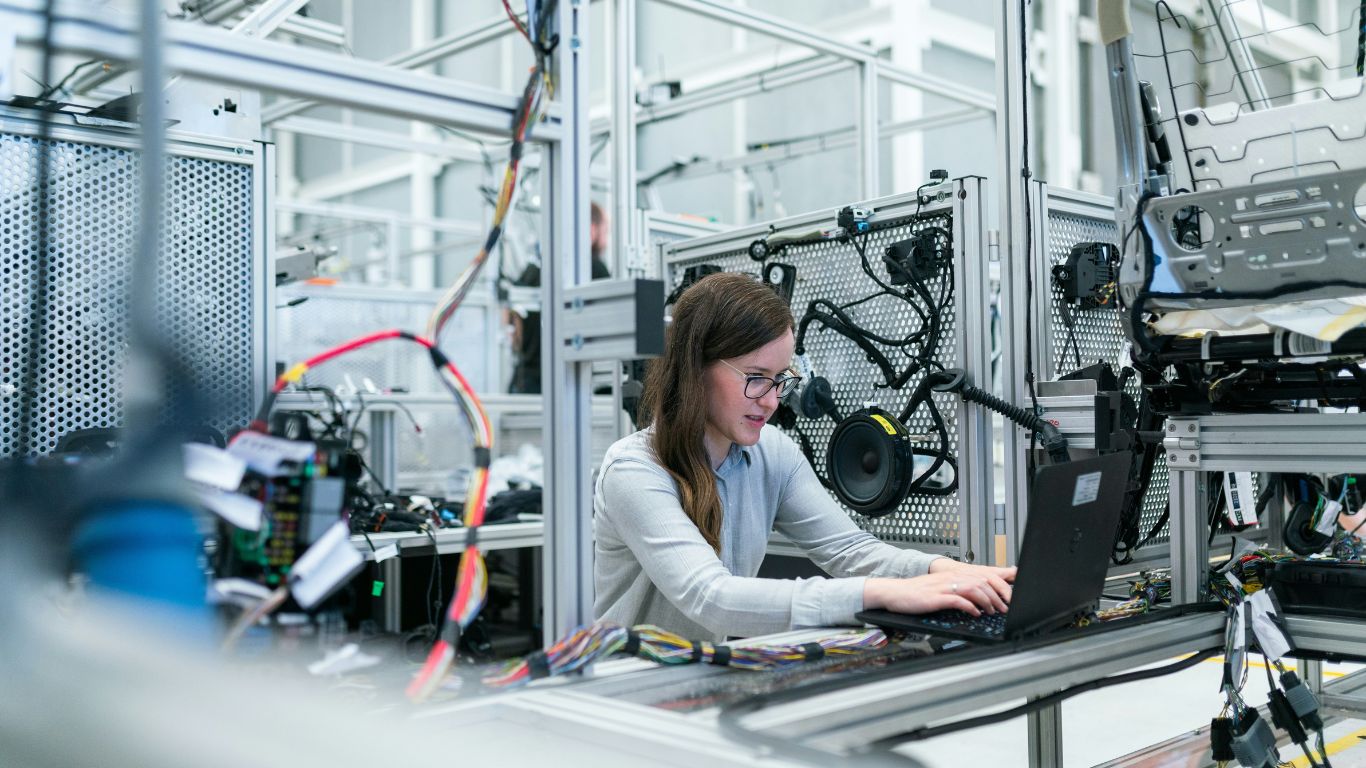Artificial intelligence is changing the media landscape more rapidly than any time in history. What first began as simple algorithmic personalization is now a revolution driven by the development of AI, impacting news reporting and film, music and advertising. As generative AI, deep learning, machine learning, etc. reach new levels, the question becomes more important: will new innovative technology enhance or jeopardize human creative potential in media? This article considers AI’s current roles, its future, organizational and individual benefits, and why human creators will likely still be relevant in a world dominated by automation.
What is the Future of AI in Media?
The pace of adoption of artificial intelligence in the media has surged globally. By the year 2032, AI-related global revenues for the media, entertainment, and sport industry are expected to rise to $120 billion, and grow at an annual rate of 26 percent until 2023. It is estimated that as much as 90 percent of online content could soon be generated through AI tools, which accounts for the rapid growth of generative models. While the creator economy will increasingly be AI-powered and generative systems will expand and support creative work instead of replacing it, the effect will be to comprehensively democratize content and increase the quantity, access and range of content in global media.
AI will enable both small studios and individuals to thrive with similar access to high quality production and distribution tools as global companies. The technologies being deployed today will also drive real-time experiences, business intelligence, hyper-personalization, immersive experiences, and localization into the market space. The future will produce content experiences of greater richness and value, but with that comes an entirely new set of challenges in how to value authenticity, ethics and creativity.
How AI is Already Transforming Journalism and News Reporting?
In the world of journalism and news media, Artificial Intelligence (AI) is making an aggressive entrance to create change. Newsrooms and news sites now use machine learning and other methods to mine data on a massive scale to help them find new stories and automate tasks, from researching a story’s background to writing and editing. Automated news bots can condense complex data sets into brief overviews and deliver breaking financial news or highlights from a sporting event in seconds, shifting the focus for human journalists to more investigative and analytical pieces.
Media publishers can now use AI to deliver uniquely personalized content feeds to readers, identify bias, debunk fake news, and translate a news story across multiple languages – in real-time! Fact-checking has improved due to algorithms that verify a broad range of content from sources at scale, and use sentiment analysis to understand public reactions in real-time. While we can leverage AI for dozens of tasks to improve efficiencies, editorial oversight and accountability, as well as who constructs the narrative and makes ethical choices, are uniquely human roles in journalism.
The Role of AI in Film, Video and Animation Production
AI has had a long-term impact on film, video, and animation industries. Generative algorithms now used for visual effects, rigging scenes, and editing, enable time-consuming and sometimes labour intensive processes, such as rotoscoping, background generation, and resolution upscaling, to be automated by film-making and animating teams . Character development and animation for animated features and video games use generative AI development company building functionalities for background generation, voice synthesis, care development, and procedural worldbuilding.
Adding efficiencies in production and post-production with AI films allowing for modeling lighting, rendering complicated physics, and analyzing audience sentiment, and simulating trends to consider success or failure path in box office success. The producers and directors and creative and collaborative teams are saving thousands off the production budget and time, opening up the barrier to independently funded and created narrative storytelling. While scripts are being generated by AI writers, and methods of face replacement, deepfake or predictive and development utility are showing promise; the stimulation of creativity, emotional connection and more- for storytelling, especially in directing- cannot be completed by artificial thinking.
Benefits of AI in Media for Content Creators and Businesses
The emergence of artificial intelligence (AI) in media is opening up possibilities for creative professionals and organizations.
Faster Production and Lower Costs
AI solutions can help speed up repetitive tasks like basic editing, post production and archiving, giving creators and producers the ability to create content in a much shorter timeframe and with much lower budgets. Companies are leveraging machine learning to optimize ad spends, personalize messaging, react to audience preferences and be more nimble in operations, leading to lower overall obsolescence and costs.
Personalized Media Experiences
Algorithms are now driving user engagement like never before, including curated news, music, and video feeds specifically designed for individual consumers for personal engagement. Adaptations in real-time offer users more of what users prefer, and based on their behaviours and their locations, go a long way to enhancing user satisfaction and loyalty and give competing businesses an advantage amidst the overabundance of options in the digital marketplace.
Scaling Content Creation with AI Tools
AI enables graphics, voiceovers, and auto-scripting tools, which can allow even smaller teams to scale content portfolios, without the careful step of adding full employees and levels. From newsrooms to amateur vbloggers, there is no limit of AI-powered tools newsrooms and businesses can tap into, to keep pace with relentless publishing schedules while localising or customising a multitude of plays for the global market on behalf of consumers.
Limitations of AI in Creative Media Production
While the limits of AI are boundless, AI software seems to have irreconcilable limits regarding original and existing creativity.
Lack of Emotional Depth
Most AI models have not evolved to the level of human emotional depth, intuition, or cultural context that great storytelling, music, and visual art require. Typically, the nuances of humour, irony, or even moral ambiguity – are not replicated with true algorithms.
Dependence on Data and Existing Content
AI’s creative outputs have clear boundaries based on their corpus and variability in curated materials. AI’s contend to primarily remix others’ creativity, potentially undermining original voice or innovation if direct human collaborative intervention isn’t in place and carefully managed.
Risks of Plagiarism and Bias
There are also is the risk of plagiarism and bias AI’s generative tools can produce outputs excessively similar to other works that can also perpetuate social bias embedded within their datasets, thus the broader media industry has a role to address risk of plagiarism and their prejudicial outputs with careful model tuning (if possible) and ethical frameworks.
Will AI Replace Human Creators in the Media? Expert Insights
Industry experts agree that while AI is continuing to develop at a rapid rate, they will primarily function as a collaborator, not a replacement, for creators in media. Empathy, lived experience and cultural nuance regarding connection and storytelling is unattainable for even the most developed AI tools. AI is being integrated into the media industry as an extension of journalists, artists and filmmakers, instead of displacing them, to augment their work and design and apply to different areas of their work, without monotonous tasks taking away from their creative work.
Although a machine learning development company might enable media production to bloom with commercial aspects of automation previously unimagined, human beings are still the source of emotional attachments, multi-dimensional meaning, and creative artistic expression. The way forward, however, suggests hybrid teams, where AI will drive the technical, analytical, and repetitive tasks and humans will drive vision, ethics, and cultural relevance.
Future Trends: AI, Virtual Reality, and Metaverse in Media
AI, virtual reality (VR), and the metaverse offer the chance to reshape how content is produced, consumed, and monetized in the 21st century. AI will create dynamic virtual worlds that immerse experiences; populate them with computer smart characters; offer moderation of social dynamics among virtual or augmented participants to resolve safety, which also keeps participants engaged.
Audiences will demand involvement and authenticity, in ways that AI avatars and generative media will allow new and unique forms of participation in live storytelling, performances, or gaming experiences. Content will be democratized, where anyone with vision and the platforms and tools can offer their composition to interested users or fans—mainstreaming world building and storytelling that greatly drives another evolution of an “experience economy” within media.
Final Thoughts
AI technology is causing areas of disruption in the field of media, but media will not move into an age where creativity is completely eradicated. Rather, the future of media should consider how to leverage AI technology in synergy with the very human qualities of intuition, empathy, and imagination. AI development services will act as key drivers for creating workflows that leverage productivity and art. AI will continue to automate many technical and analytical aspects of a growing number of media processes. At the same time, creators will need to embrace that which cannot be replaced: emotional insight, vision, and the craft of storytelling.
FAQs
How is AI impacting journalism today?
AI is being used to assist journalists by analyzing data and summarizing it, continuing to monitor trends, automating repeatable news reports such as professional sports and finance news, and improving bias and fraud detection. Journalists will utilize the insights AI creates so they can spend more time on investigative pieces and interpretation.
Can AI make movies and music autonomously?
AI can create scripts, audio voice tracks, stock music and visual assets, and sometimes direct and produce a very short film or a song independently. However, it is not independent of human directions, to create narrative structures, to elicit emotional engagement (except through programming), and to be original.
What skills will media talent require to be relevant in the age of AI?
Media professionals will continue to benefit from digital literacy, creative direction, critical thinking, building teams across disciplines, and using AI toolsets. Being able to work in partnership with AI and access its potential and differentiating it from a human will be as valuable as traditional technical skills we regard as industry required Canon95.
Is AI media a threat or an opportunity?
AI media is both. It is a threat to repetitive, unskilled jobs, but it is also a massive opportunity for creativity, efficiency, and reach. Those who take on a hybrid human/non-human approach and expand their interest in creative, strategic, and ethical competencies will have higher potential in the new media landscape.


